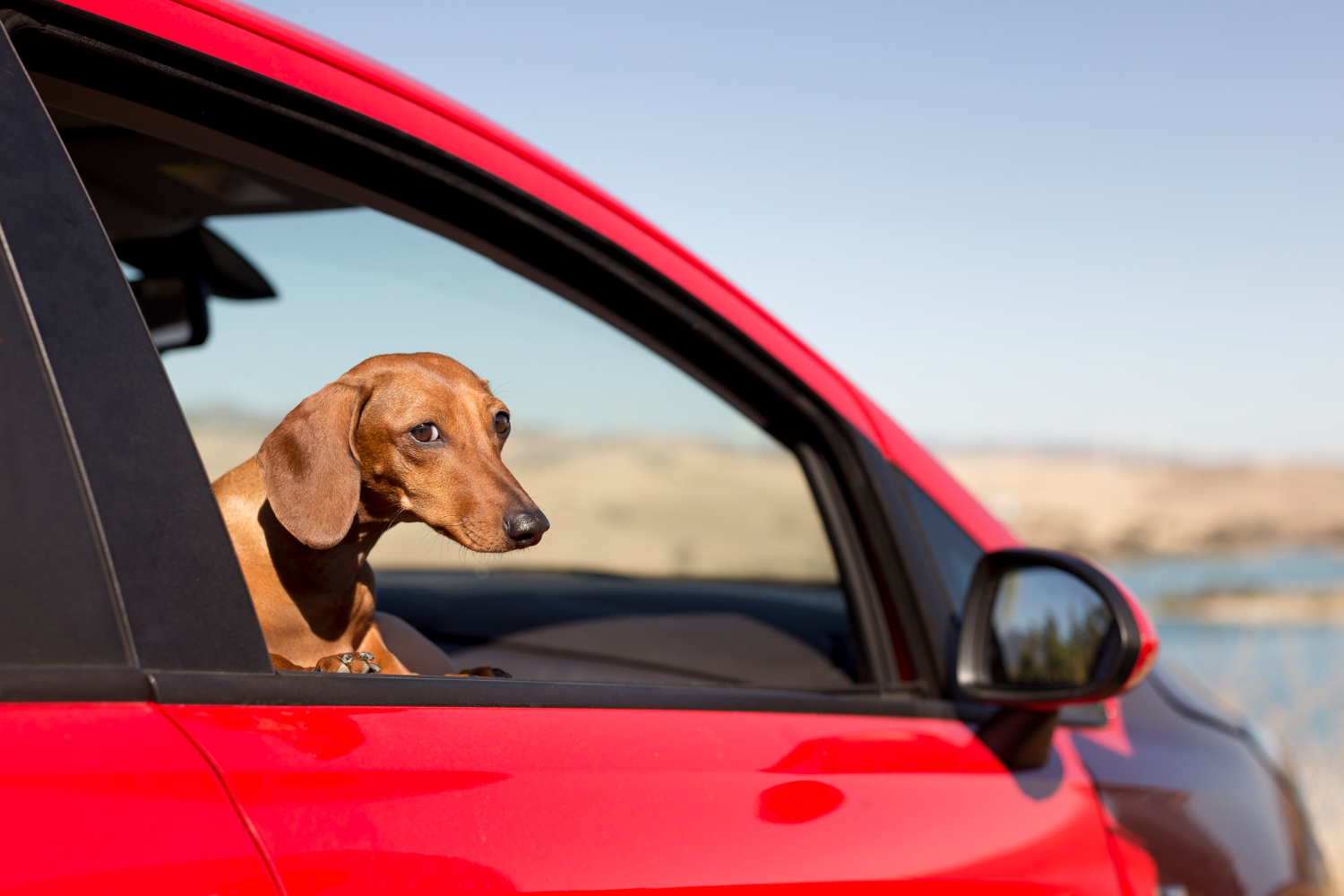When it comes to auto insurance, the type of vehicle you drive plays a major role in determining your premium. Insurers evaluate risk based on various factors related to your vehicle, including its make, model, size, and purpose. Understanding how these vehicle characteristics affect your insurance cost can help you make smarter decisions when shopping for coverage—or even when choosing your next vehicle.
Here’s a breakdown of how vehicle type impacts your auto insurance premium.
1. Vehicle Size and Weight
Generally, larger and heavier vehicles can cause more damage in an accident, which might raise liability insurance costs. For example:
-
Trucks and SUVs tend to have higher premiums than smaller cars because they can do more damage to other vehicles or property.
-
However, heavier vehicles may offer better protection to you in a collision, potentially lowering personal injury claims and sometimes balancing out costs.
2. Vehicle Make and Model
Insurance companies use historical data about specific makes and models to assess risk, including:
-
Repair costs: Luxury brands or vehicles with expensive parts usually cost more to insure.
-
Safety ratings: Vehicles with higher safety ratings often get discounted premiums.
-
Theft rates: Models frequently targeted by thieves tend to have higher premiums.
For instance, a sporty sports car or a luxury sedan will often have a higher premium than an economy sedan.
3. Vehicle Age
The age of your vehicle influences insurance in several ways:
-
Newer cars tend to have higher premiums because they cost more to repair or replace.
-
Older cars may have lower premiums but might lack advanced safety features, which can increase risk.
-
Classic or vintage cars usually require specialized insurance.
4. Purpose and Usage of the Vehicle
How you use your vehicle can also affect your insurance costs:
-
Personal use: Commuting, errands, and leisure driving are typically covered under personal auto policies.
-
Business use: If you use your vehicle for work-related activities, premiums may increase or you might need commercial coverage.
-
Commercial vehicles: Trucks used for deliveries, hauling, or other business purposes often have higher premiums due to increased risk.
5. Vehicle Performance and Modifications
-
High-performance vehicles with powerful engines tend to have higher premiums because they are associated with higher speeds and accident rates.
-
Modified vehicles, such as those with lift kits, custom exhausts, or aftermarket parts, can also lead to increased insurance costs, especially if modifications affect safety or repair costs.
6. Fuel Type
Some insurers are beginning to consider fuel type in their pricing:
-
Electric and hybrid vehicles may have varying insurance costs—sometimes higher due to expensive battery replacements, but often offset by safety features and eco-friendly discounts.
-
Gasoline-powered vehicles tend to have standard rates based on model and use.
Tips to Manage Your Insurance Premium Based on Vehicle Type
-
Choose vehicles with strong safety features and good crash test ratings.
-
Avoid luxury or high-performance models if you want to keep premiums low.
-
Maintain your vehicle well to avoid increased costs from wear and tear.
-
Consider usage—if you use your vehicle for business, inform your insurer.
-
Ask about discounts for anti-theft devices or driver safety programs.
Your vehicle type is a key factor insurers use to determine your auto insurance premium. By understanding how size, make, model, age, and use affect your costs, you can make informed choices to find the best coverage at a fair price.

